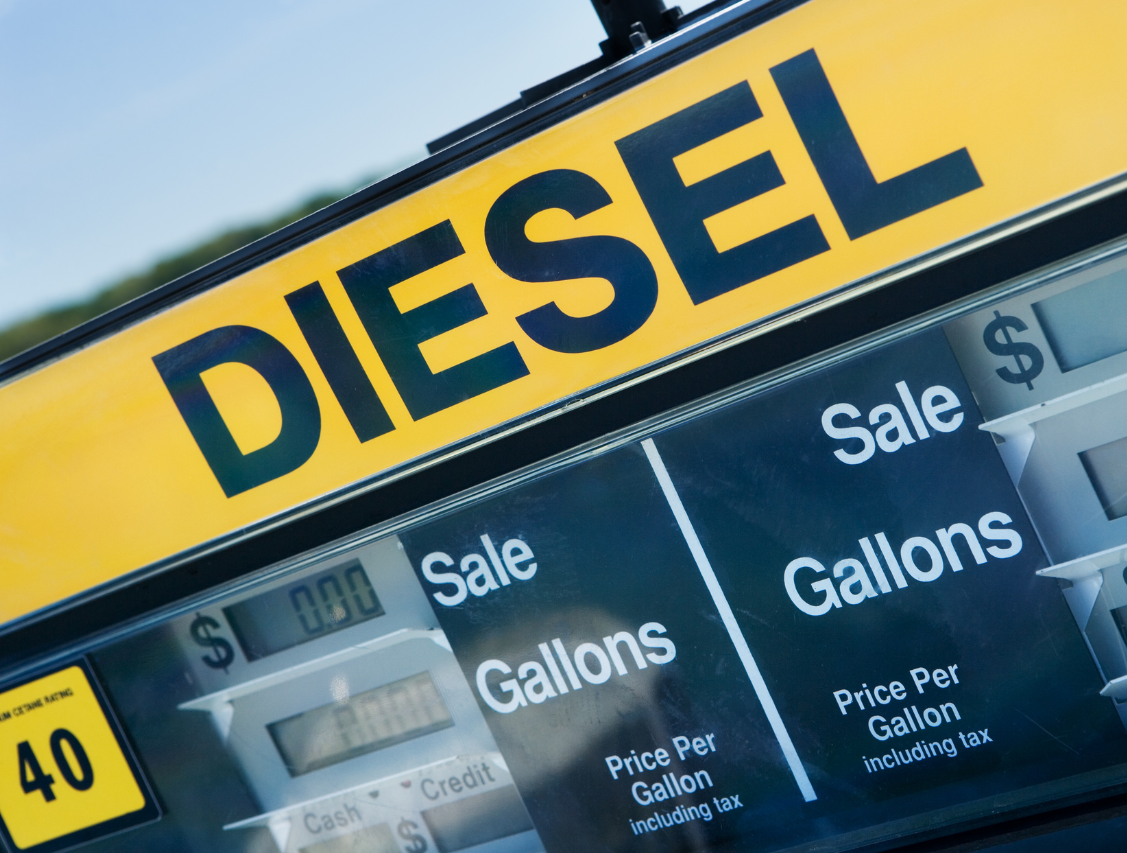Diesel Fuel is a mixture of hydrocarbons obtained by distillation of crude oil. Important properties which are used to characterize diesel fuel include cetane number (or cetane index) fuel volatility, density, viscosity, low temperature operability properties, and sulfur content.
Diesel fuel is the common term for the distillate fuel oil sold for use in motor vehicles that use the compression ignition engine named for its inventor, German engineer Rudolf Diesel. He patented his original design in 1892. Diesel fuel is refined from crude oil and from biomass materials.
What are the different types of Diesel Fuel ?
■ Petroleum Diesel, also known as fossil diesel, is the most common type of fuel.
■ Synthetic Diesel.
■ Biodiesel.
■ Hydrogenated Oils and Fats.
■ Dimethyl Ether. (DME)
How flammable is Diesel ?
Diesel Fuels generally have flashpoints between 52 'C and 93 'C Therefore, diesel fuels with a flash point below 60 'C are classified as flammable liquids and those that have a flashpoint above 60 'C are classified as liquids.
There are no issues with mixing the two types of diesel fuels, although red usually has a higher sulfur content than green. Also it is called green fuel because it is eco-friendly. it is actually either light green or clear in color.
Is all Diesel Fuel the same ?
Standard diesel fuel (Sometimes called Diesel Oil) comes in two grades: Diesel #1 or D1 and Diesel #2 or D2. Just as gasoline is rated by its octane, diesel fuel is rated by its cetane, which indicates how easy it is to ignite and how fast it burns. The higher the cetane number, the more volatile the fuel.
#2 is the kind of diesel you are most likely to find at gas stations across the country and around the world. This type of diesel fuel has the highest number of energy components and lubricating properties you will find in a fuel mixture, and offers the best overall fuel performance on the market.
Biodiesel is a clean burning alternative to diesel commonly sourced from vegetable oils, animal fats or recycled greases.
Synthetic diesel fuels can be made from carbon-containing feedstocks, such as natural gas or coal, in a process developed by oil companies and is considered a viable option of natural gas utilization.

